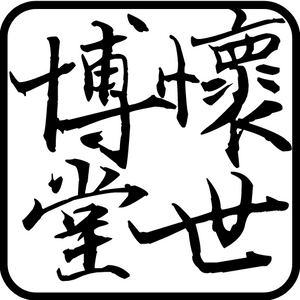
Tang Dynasty (618-906)
Height: 16.5 inches (41.9 cm)
The horse stands foursquare on a rectangular plinth with his head turned to the left. A female rider, dressed in a full, green-glazed high-waisted skirt and loosely draped brown scarf straddles the animal, which is covered in a rich amber glaze, reaching down to just above the buff-colored hooves. Her right hand, covered by the long sleeve, lightly holds the side of the saddle while her left hand rests on her left leg. Although her head, which is turned to the right, remains unglazed, her features are picked out with red and black pigments. Her hair, which also retains some black paint, is gathered beneath a hair ornament. A thin translucent glaze covers the muzzle, mane, and tail of the horse, as well as the lady’s sleeves. A dark green saddle lies on a chestnut-glazed saddle blanket. Traces of red pigment are still visible on the horse’s lips and flaring nostrils.
Highlights
- Provenance: Private Canadian Collection Michael B. Weisbrod, Inc., at the Carlyle Cincinnati Museum of Art (by exchange 1988-9)
- Published: From Kilns of Kings and Commoners, Chinese Pottery and Porcelain, An Exhibition, May 29 to June 15, 1990, Michael B. Weisbrod, Inc., at the Carlyle, number 10.
- Exhibited: From Kilns of Kings and Commoners, Chinese Pottery and Porcelain, An Exhibition, May 29 to June 15, 1990, Michael B. Weisbrod, Inc., at the Carlyle, number 10.
Reference Pieces
A Sancai glazed horse and female equestrian of nearly identical size, form and color was formerly part of the Lillian Schloss Collection (Sotheby’s, New York, Dec. 1987, lot 24). There is also an equally tall three-colored horse with a rider wearing the same outfit published in Mayuyama, Seventy Years (vol. I, no. 200). Sancai figures were made in the Tang Dynasty primarily as tomb furnishings, especially for the members of the imperial family and the aristocracy. The figures, called in Chinese mingqi (“bright objects”), were intended to provide the deceased with service and companionship in the afterlife. The large number of eighth century tombs found filled with three-colored figurines attests to the popularity of the ware during the middle of the Tang Dynasty.
